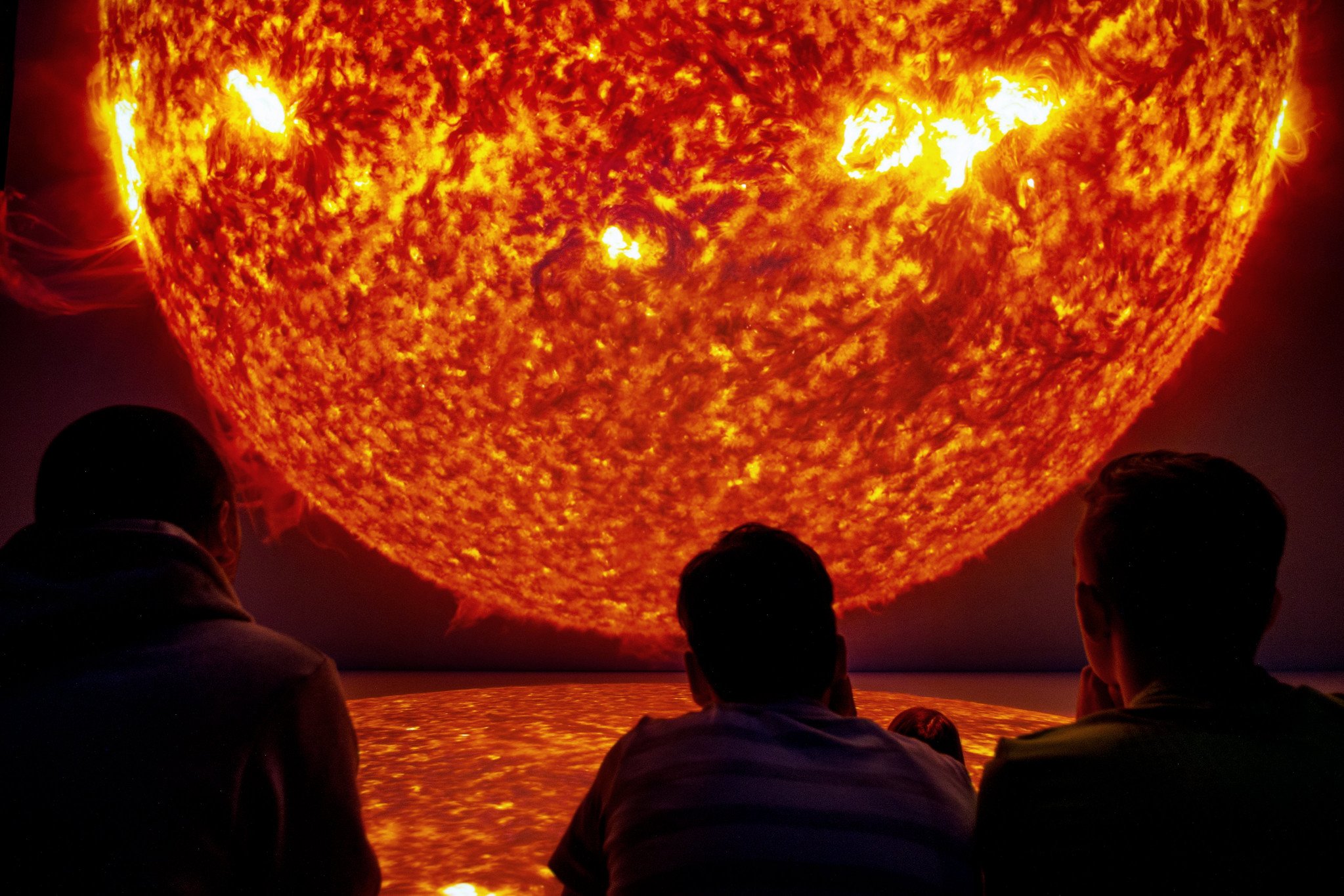
A major mystery in understanding the sun’s heat has possibly been solved by scientists. For a long time, they’ve been puzzled by the high temperatures in the sun’s outer atmosphere, known as the corona.
This outer layer reaches mind-boggling temperatures of over 1.8 million degrees Fahrenheit (one million degrees Celsius).
In contrast, the sun’s surface is only about 10,000 degrees F (6,000 degrees C). This is surprising because the corona is farther away from the heat source inside the sun, so it should logically be cooler.
Fast-oscillating waves could be the reason for Corona’s heat
Recently, the Solar Orbiter spacecraft, led by Europe, has made some exciting discoveries that shed light on the puzzling heating of the sun’s outer atmosphere.
The spacecraft carries an advanced camera called the Extreme Ultraviolet Imager (EUI), which captures high-energy extreme ultraviolet light emitted by the sun. By analyzing the images from EUI, scientists have spotted small-scale magnetic waves on the sun’s surface.
1/3
The Sun as seen by Solar Orbiter in extreme ultraviolet light from a distance of roughly 75 million kilometres. The image is a mosaic of 25 individual images taken on 7 March by the high resolution telescope of the Extreme Ultraviolet Imager (EUI) instrument pic.twitter.com/URGhLDHSWw— Talk of Titusville 🌴🚀 (@TalkOTitusville) April 9, 2022
These waves move rapidly and seem to play a significant role in heating the sun’s outer layer. New calculations suggest that the energy generated by these fast-oscillating waves could be the key to understanding the heating of the corona.
Studying Sun’s outer atmosphere mystery for the past 80 years
In the past, scientists had identified slower magnetic waves, but those waves couldn’t account for the huge temperature gap between the sun’s surface and its outer atmosphere.
Tom Van Doorsselaere, a professor of plasma physics at the Catholic University of Leuven in Belgium and one of the authors of the recent study, said that astrophysicists have been grappling with this problem for the past 80 years.
However, new evidence is now emerging, suggesting that magnetic waves might hold the key to explaining the heating of the sun’s outer layer, the corona.
In a video taken by the EUI instrument in October of last year, the recently discovered structures have come into view. These structures are represented by magnetic oscillations, each enclosed in blue, green, and red rectangles.
Moreover, each of these magnetic oscillations is smaller than 6,200 miles (10,000 kilometers) in width. To put it in context, the solar disk itself measures a vast 864,000 miles (1,392,000 km) in diameter.
Capturing the closest images of the sun
Launched in February 2020, the Solar Orbiter has the unique advantage of capturing the closest images of the sun, which is at the heart of our solar system. While telescopes on Earth can offer higher-resolution images of the sun, they have limitations.
One of the latest high-resolution images of #TheSunUpClose from the Extreme Ultraviolet Imager (EUI) on the @ESASolarOrbiter spacecraft, taken on 30 May 👉 https://t.co/mZ0cd8VVVv (the arrow points to one of the 'campfire' features) pic.twitter.com/2rRzisusGP
— ESA (@esa) July 16, 2020
They are unable to study the extreme ultraviolet part of the solar light spectrum due to Earth’s atmosphere filtering out these frequencies. As a result, ground-based telescopes miss out on observing many essential phenomena that drive the sun’s behavior.
See all the latest news from Greece and the world at Greekreporter.com. Contact our newsroom to report an update or send your story, photos and videos. Follow GR on Google News and subscribe here to our daily email!



